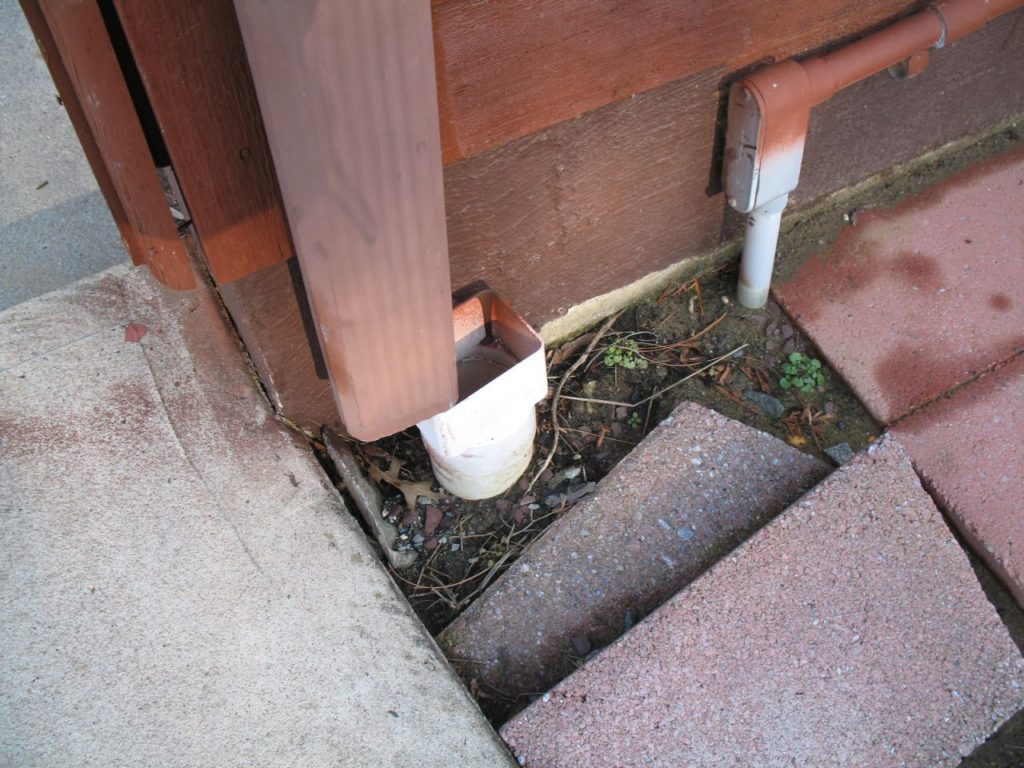
The carry-off is disconnected from the underground drain, so it’s not directing water away from the foundation. The number one reason for a wet basement is poor drainage. Fix: Reconnect the carry-off to the underground drain.
by Marshal

The carry-off is disconnected from the underground drain, so it’s not directing water away from the foundation. The number one reason for a wet basement is poor drainage. Fix: Reconnect the carry-off to the underground drain.
by Marshal
Optimal Home Inspections methodically reviews the Safety, Value and Habitability of every home and gives you an online report of our findings. We love homes and we want to help you make the best decisions to buy or maintain your current home. Schedule an appointment today!
by Marshal
CAUTION: Due to the expansion and contraction, a granular-surfaced valley liner under a metal flashing can cause abrasion to the metal from the friction. Alternatives to consider include sand or film-surfaced liners.
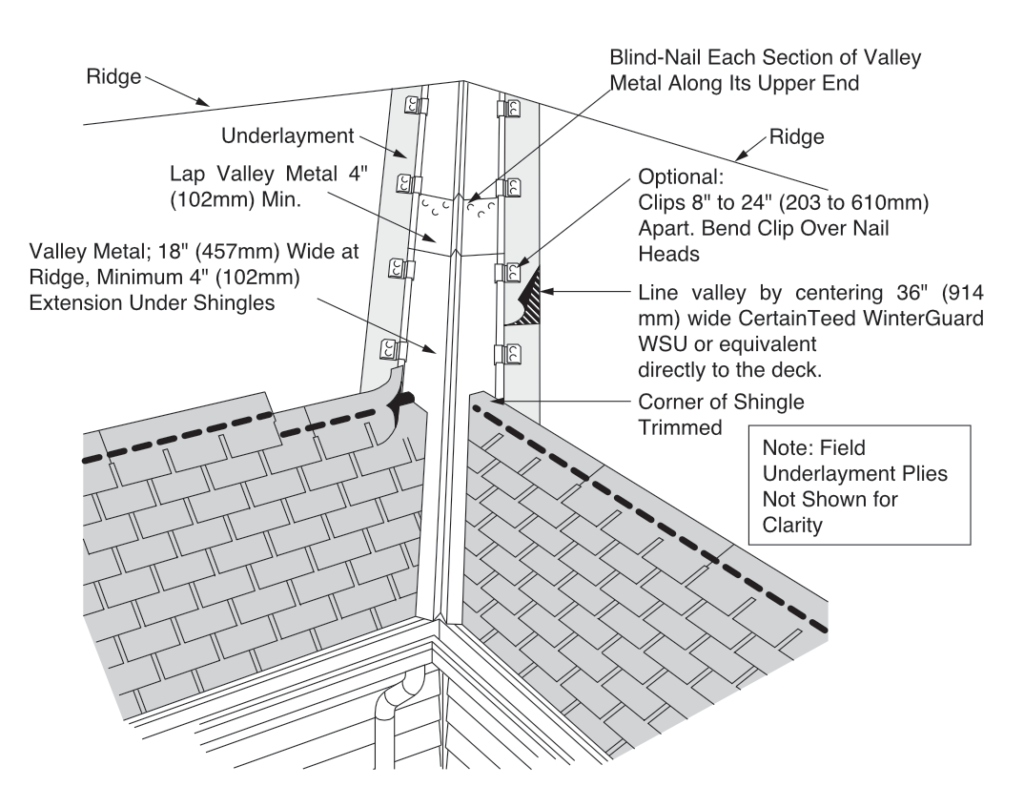
by Marshal
The valley flashing should already be in place. Shingles on the intersecting roof surfaces may be applied toward the valley from both roof areas simultaneously or each roof area may be worked separately up to a point about 3′ from the center of the valley and the gap closed later.
Regardless of which procedure is followed, apply the first course along the eaves of one roof area up to and over the valley with the last shingle extending at least 12″ onto the intersecting roof. Then apply the first course onto the intersecting roof along the eaves and extend it across the valley over the top of the shingles already crossing the valley and at least 12″ onto the other roof surface. Apply successive valley shingles over each other as shown in (Figure 6.19). Press each shingle tightly into the valley and follow the same nailing procedure as the closed valley.

by Marshal
The topic of grounding and bonding is a never ending area of confusion. The difference between a service panel and a sub panel is also muddy in many minds. Here are the basics on panels and grounding.
The explanations here are at a high level. Details have been omitted in the interest of learning just the basics. Home electrical systems are complicated and can be dangerous, we recommend that if you have questions or concerns about the electrical service in your home you contact a licensed electrician.

There are several different ways main panels are configured in homes, here it is in a nutshell.
The bonding in panels are done two different ways:
These terms are similar, confusing and often used interchangeably. Strictly speaking, a ground wire connects to the ground. Bonding means connecting things electrically together.
We all are amazed at what electricity can do for us: from powering our air conditioners to keeping us cool in the summer. We should also know that if it is mishandled or its systems are installed incorrectly, becomes obsolete, or wears out, electricity can be very dangerous, in fact it can kill us!
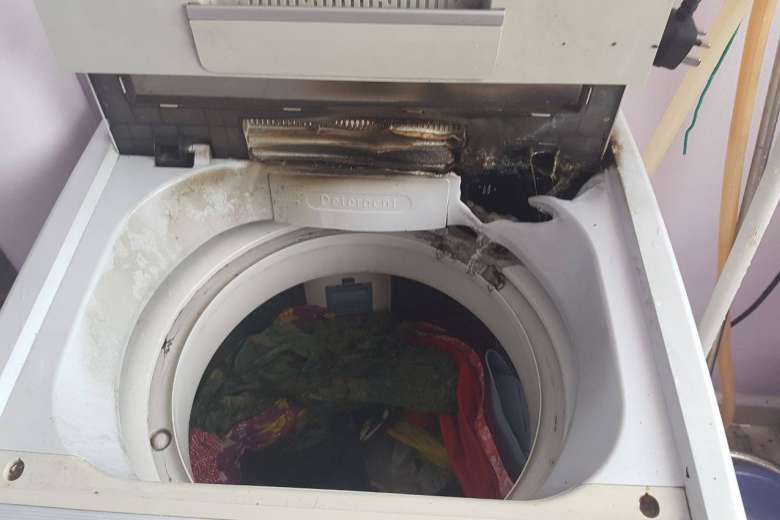
Example A wire is rubbing against the metal case of washing machine, after a few years of rubbing the insulation wears away and then touches the metal case energizing it.
If there was no grounding the washing machine would stay energized and the washer may catch fire or the next unlucky person to do the wash will be shocked .
If the washing machine was grounded, the current would flow to the ground, drawing a very high amount of power (a short circuit), which in turn trips the circuit breaker. Voilà, no power to the washing machine and you are safe.
Bonding insures that if there is any stray electricity it will be directed to the ground. If there is a break in the system then any disconnected areas will have the potential of being a shock hazard.
Home Inspection is all about safety. That’s why when I inspect your electrical system I’ll be looking for anything unusual and bring it to your attention. Inspectors are generalist, not specialists, so if anything looks out of the ordinary I’ll recommend a specialist take a look – a licenced electrician.
by Marshal
A roof is a big investment and we expect it to have a long life. Like all things in this world, roofs do not last forever, they will age, wear out, and then need to be replaced. In this post I will explain the life cycle of a typical asphalt roof that most homeowners in New Jersey have. First how to identify the style of shingle you have.

Manufacturing Defect Warranty:
Depending on weight/manufacturer it can be anywhere from 20 to 30 years
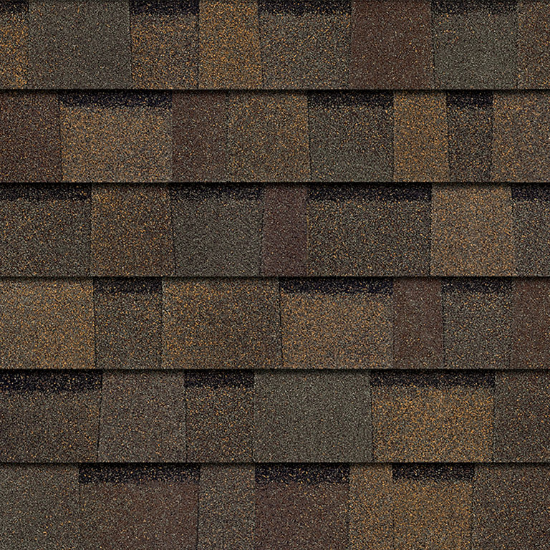
Manufacturing Defect Warranty:
Depending on weight/manufacturer it can be a limited lifetime warranty
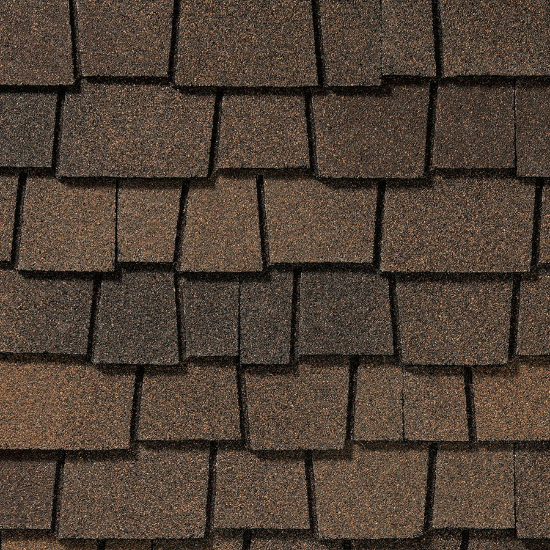
The most realistic representation of the old-world wood shake and quarried slate roofing
Manufacturing Defect Warranty:
Depending on weight/manufacturer it can be a limited lifetime warranty
The moment the roof is installed it begins to age. Normal aging consists of:
Installation issues:
Once the roof shows signs of opened blisters, cracking, bald spots, excessive curling, and other aging issues it will be time to replace the roof. If your roof is leaking does it means it’s time to replace it? Not necessarily, other reasons such as a mechanical or flashing issue can be the culprit. We recommend that if you have a leak or think your roof needs replacement, you consult with a qualified roofing contractor.
Optimal Home Inspections
2600 John F Kennedy Blvd
Jersey City, NJ 07306
North Jersey - Hudson County
(551) 261-1264
101 Dunhams Corner Rd
East Brunswick, NJ 08816
Central Jersey - Middlesex County
(551) 261-1264
NJ Home Inspector License Number: 24GI00176700
Certified Radon Measurement Technician: MET13906
Termite Inspector – Commercial Pesticide Applicator License Number: 61282B
Lead-Safe Certified Firm NAT-F238931-1

I inspect homes in Bergin, Essex, Hudson, Middlesex, Monmouth, Morris, Passaic, Somerset, and Union Counties. I inspect anywhere in New Jersey, but the counties listed here are where I work most.
| Monday | 8 AM – 9 PM |
|---|---|
| Tuesday | 8 AM – 9 PM |
| Wednesday | 8 AM – 9 PM |
| Thursday | 8 AM – 9 PM |
| Friday | 8 AM – 9 PM |
| Saturday | 8 AM – 9 PM |
| Sunday | 8 AM – 9 PM |
